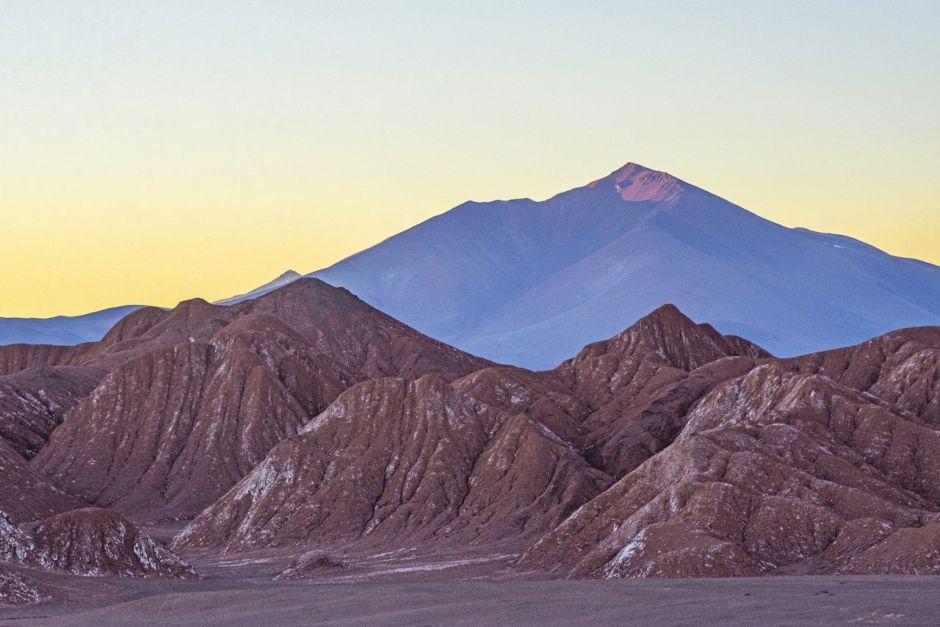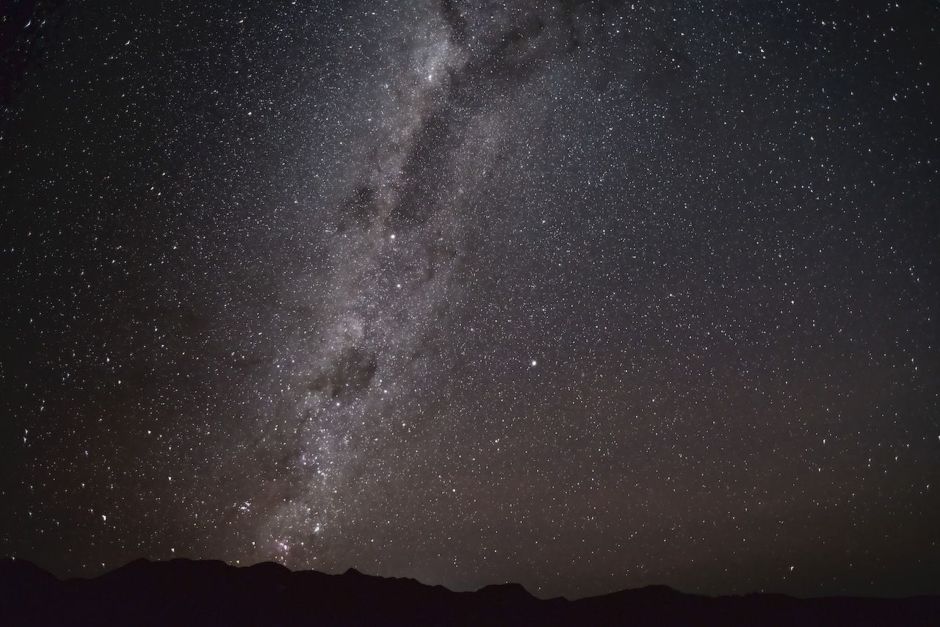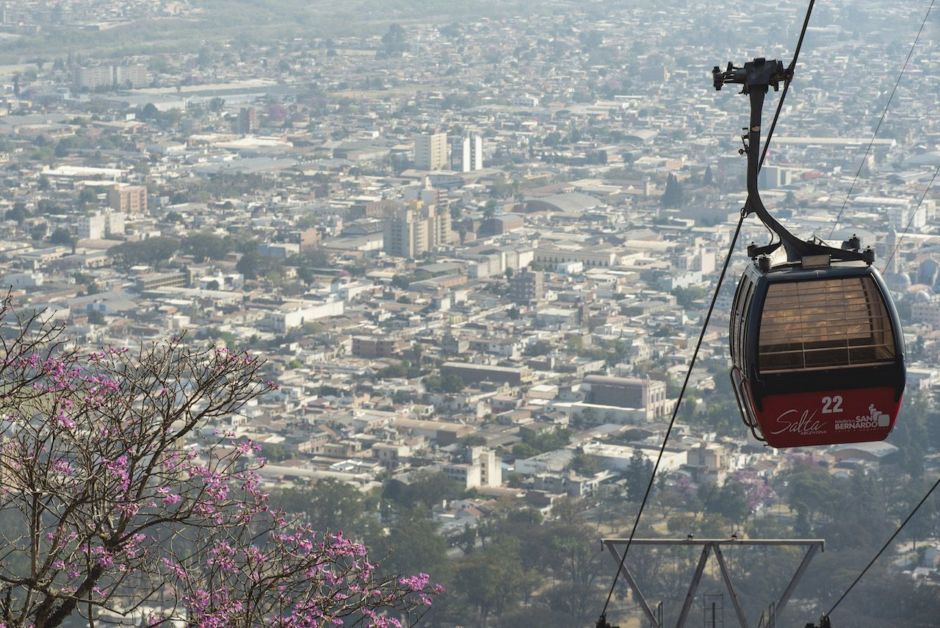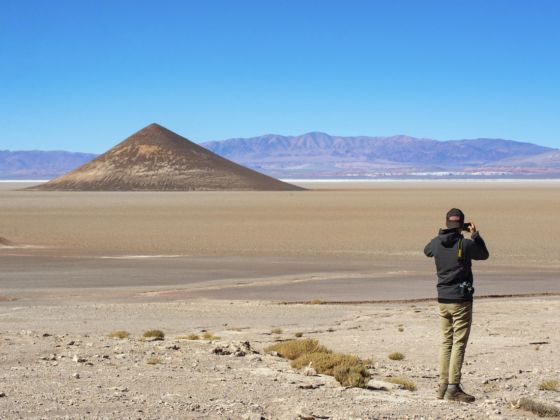The Puna de Atacama is the high plateau of the Atacama Desert that stretches across northern Chile and Argentina. Last August, during the South American winter, we visited this eerie Mars-like landscape, where volcanoes, sand, and salt mingle. In the middle of the Puna sits one of Argentina’s highest villages, Tolar Grande, with an elevation of 11,500 feet. Surrounding it are some of the tallest peaks in the Andes, many soaring well over 20,000 feet high. We stayed in the village for a few days, experiencing how hard it is to live at high altitudes, in such a desolate and remote location.
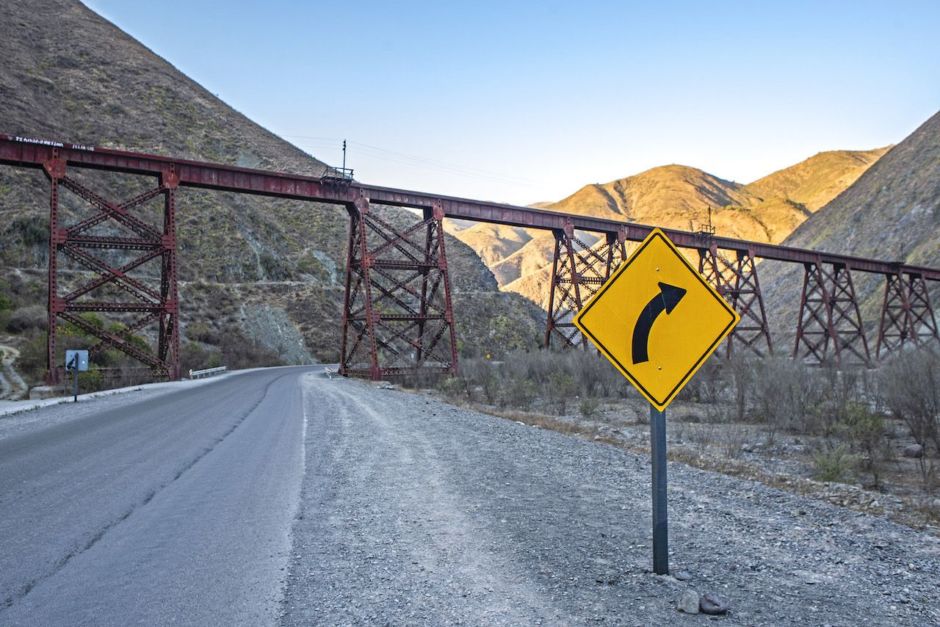
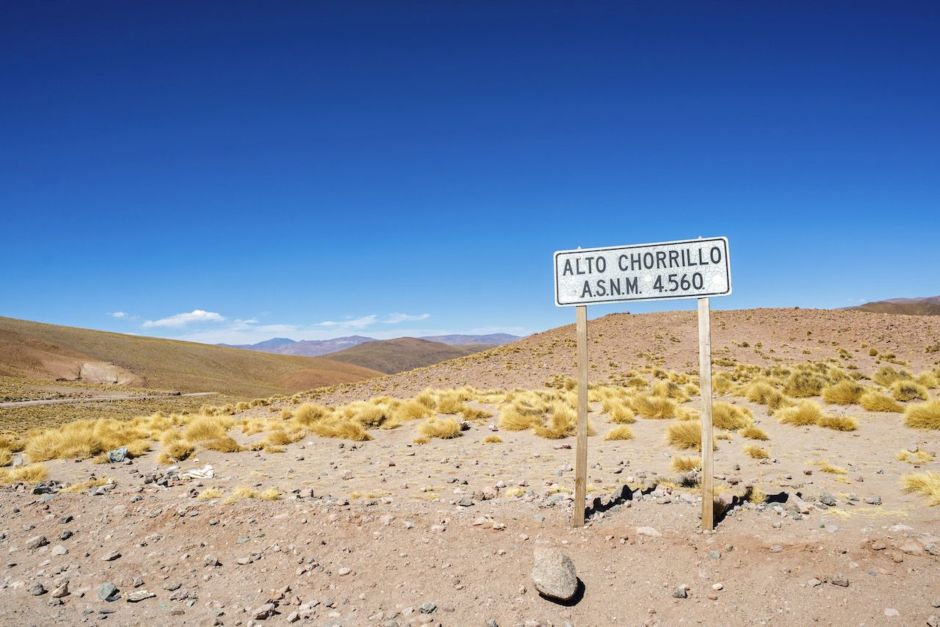
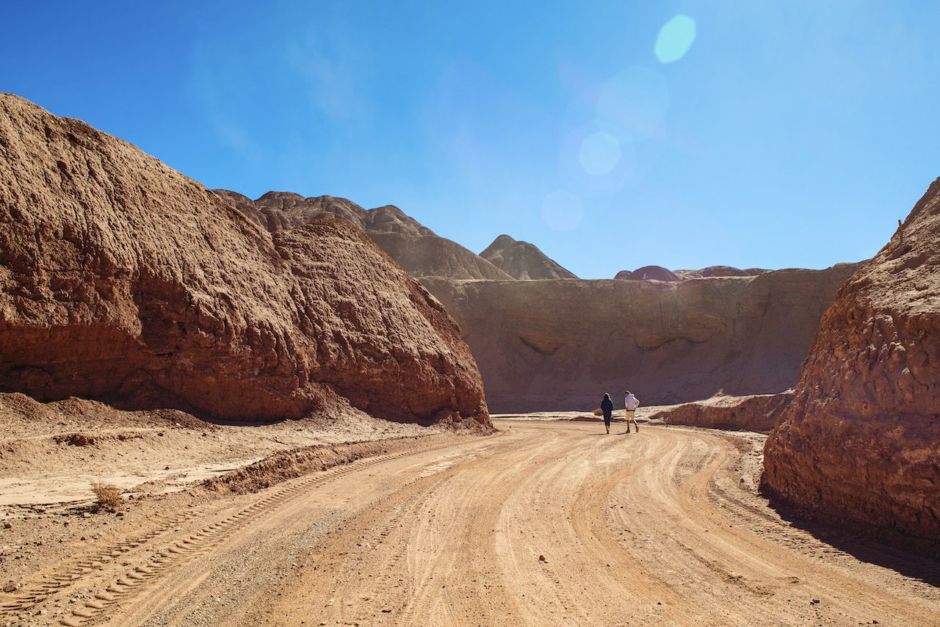
Intermission
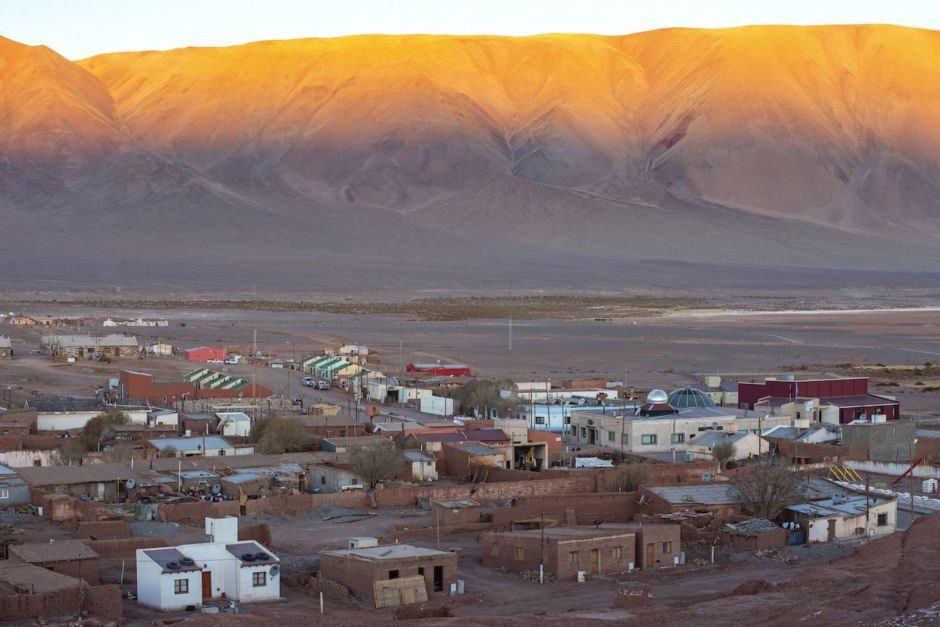
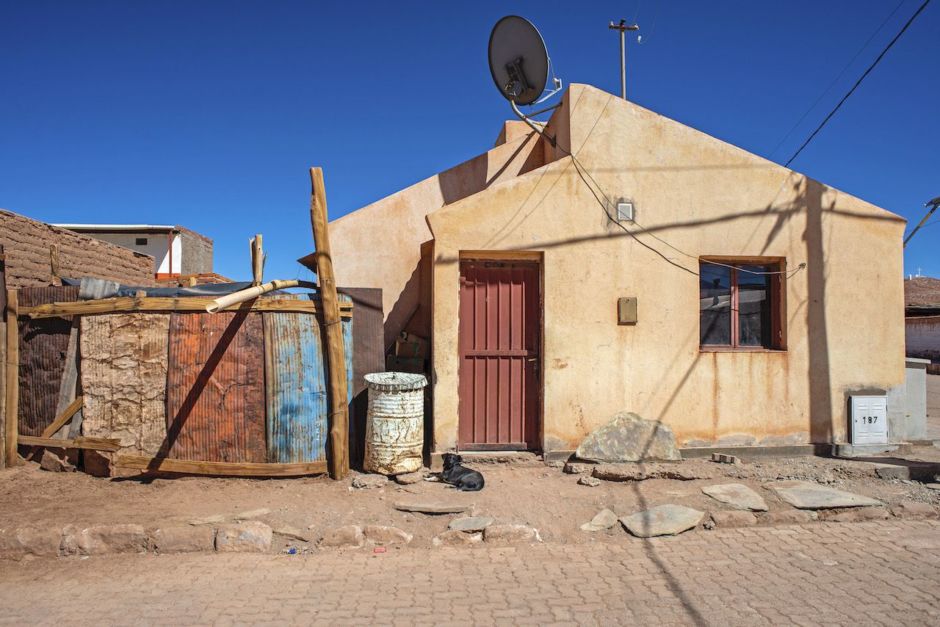
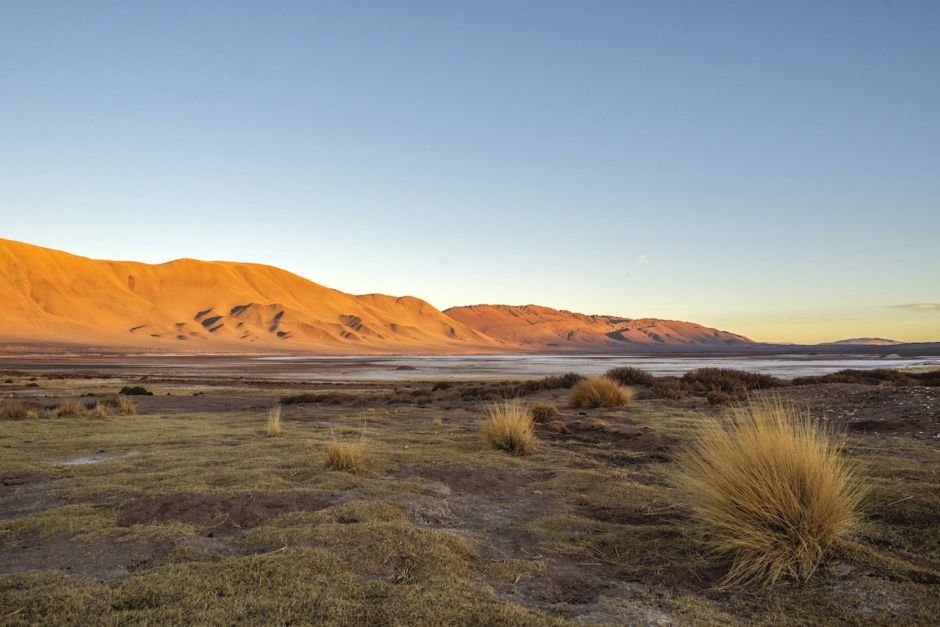

Intermission



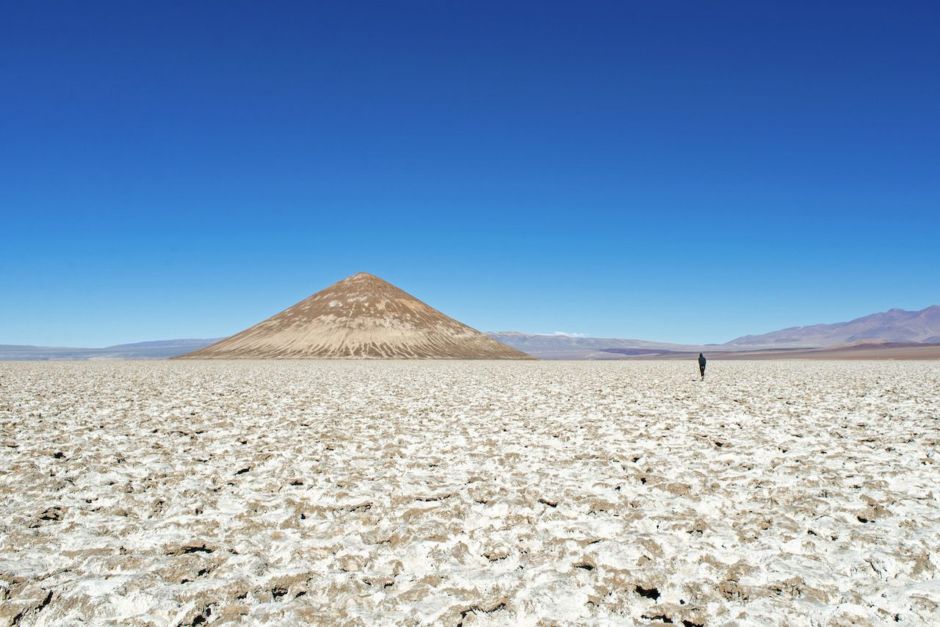
Intermission
